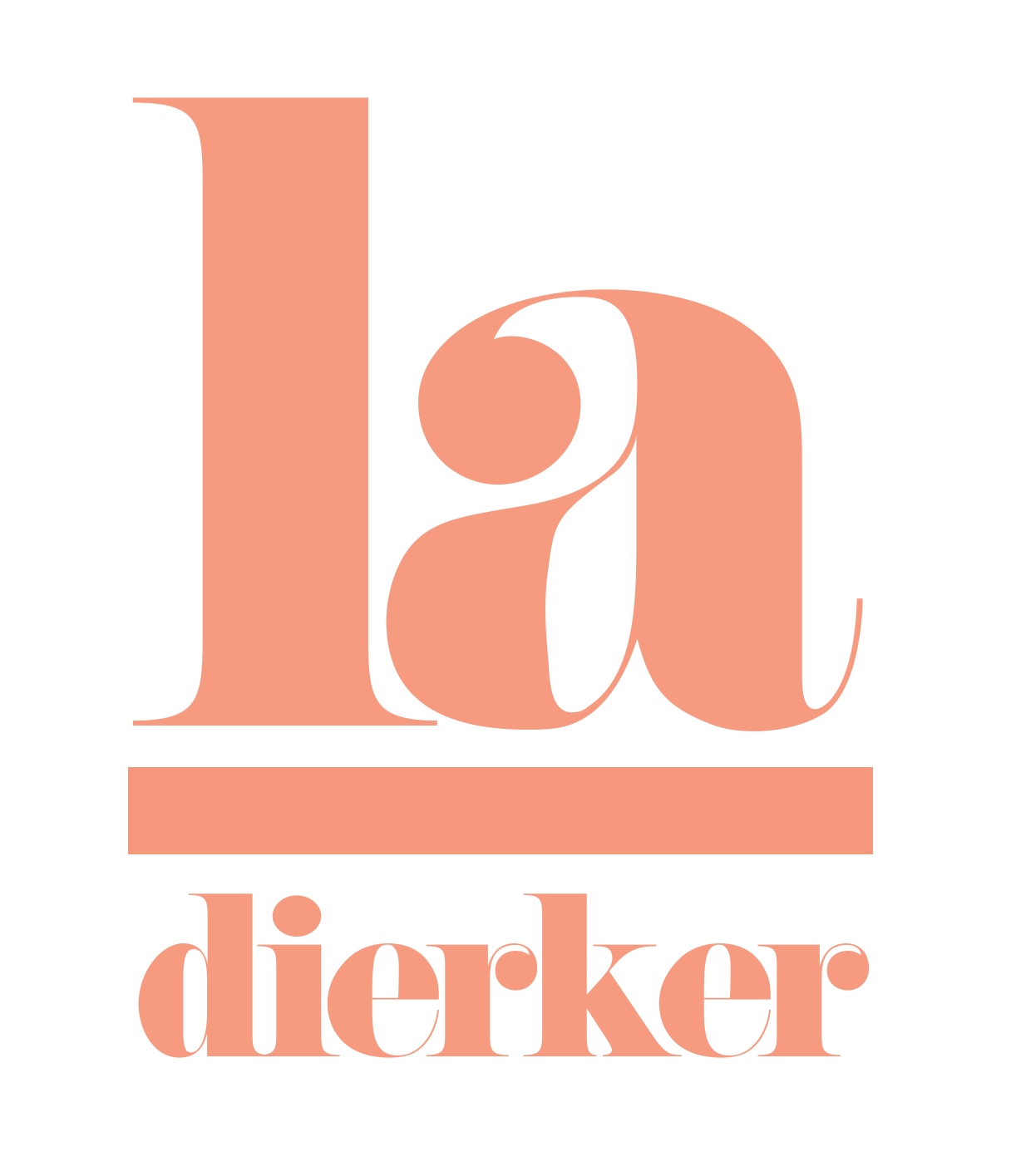
Archive
Electroacoustic Works
The term soundscape has a very specific meaning. It was first utilized by the Canadian composer R. Murray Schafer to apply to any acoustic field of study. Schafer was the head of a group of composers at Simon Fraser University, Vancouver, British Columbia, who pioneered the study of environmental sounds by recording the soundscape of their city. A soundscape composition is further defined by composer Barry Truax, as follows:
“The essential difference between an electroacoustic composition that uses prerecorded environmental sounds as its source material, and a work that can be called a soundscape composition, is that in the former, the sounds loses all or most of its environmental context...In the soundscape composition, on the other hand, it is precisely the environmental context that is preserved, enhanced, and exploited by the composer.” - Acoustic Communication (2001)
Soundscapes
Winterbeech & Pine
2002
Focusing on wind sounds, I recorded the natural sounds around our home in rural New Hampshire, and created this electronic music composition. Winterbeech and Pine, fits into the general category of Soundscape Composition. In this genre, as defined by Barry Truax, prerecorded environmental sounds are the source of compositional material, but the environmental context is both maintained and utilized by the composer.
Read my independent study, Wind as Compositional Material here.
Spring in the Wetlands
2004
In the very early spring, the scattered wetlands of our town are alive with the activity of newborn frogs, "Peepers,” so named because of their incessant, vibrant calls. Using field recordings of these creatures, I developed this composition by mixing various edited versions, which help to bring to the foreground the inner rhythms of the calls; rhythms not easy to discern when heard by the "naked" ear.
Home for the Summer
2004
As my first composition combining my acoustic music with my electroacoustic work, I integrated the natural sounds of water and birds with an excerpt from the last movement of my composition, Perceptions, entitled time. The rich sounds of the stream are merged with the underlying rhythmic ostinato of woodpeckers, a a dominating early morning sound in the first part of summer. . . All sounds of the natural world are from field recordings of rural New Hampshire.
NUUC Soundscape
2004
Material for this work was gathered from recordings of the sound environment around and within the sanctuary of the North Unitarian Universalist Congregation, Lewis Center, Ohio. This soundscape composition was integrated, as a "performance", along with a talk and two of my acoustic pieces, into the worship service. The service was developed in collaboration with R. Rusk, a NUUC worship committee member.
Sands of Time
An Electroacoustic Collage
2000
At the time I composed this electronic piece, while a graduate student at the Longy School of Music, I was aware of the pressure of time on two levels. First, there was the immediate pressure of needing time to construct a piece for "performance" in a class recital with only three weeks allotted. This time was "compressed" by the fact that the one and only computer in the Electronic Music Studio had to be shared with five other students. The other was the awareness, (having just seen another birthday fly by), that time meant something different for me than it did for most of the other students.
Utilizing sound material at hand, I composed a piece which wove four voices into a collage. The voices are: the door of the electronic music studio opening and closing, the clock from my dormitory room, sand from New Hampshire, and my own voice. You will hear seven different voicings of the word time, as used colloquially in a variety of phrases, ending with literal closure, followed by silence.
This composition was selected, by audition, for inclusion in the Dartmouth College Electroacoustic Music Festival, August 2003.
Other Works
Etude for Cymbal and Computer
One suspended cymbal and a computer, utilizing the interactive programming software MaxMSP in a live performance, created an interesting variation of cymbal tonality.

